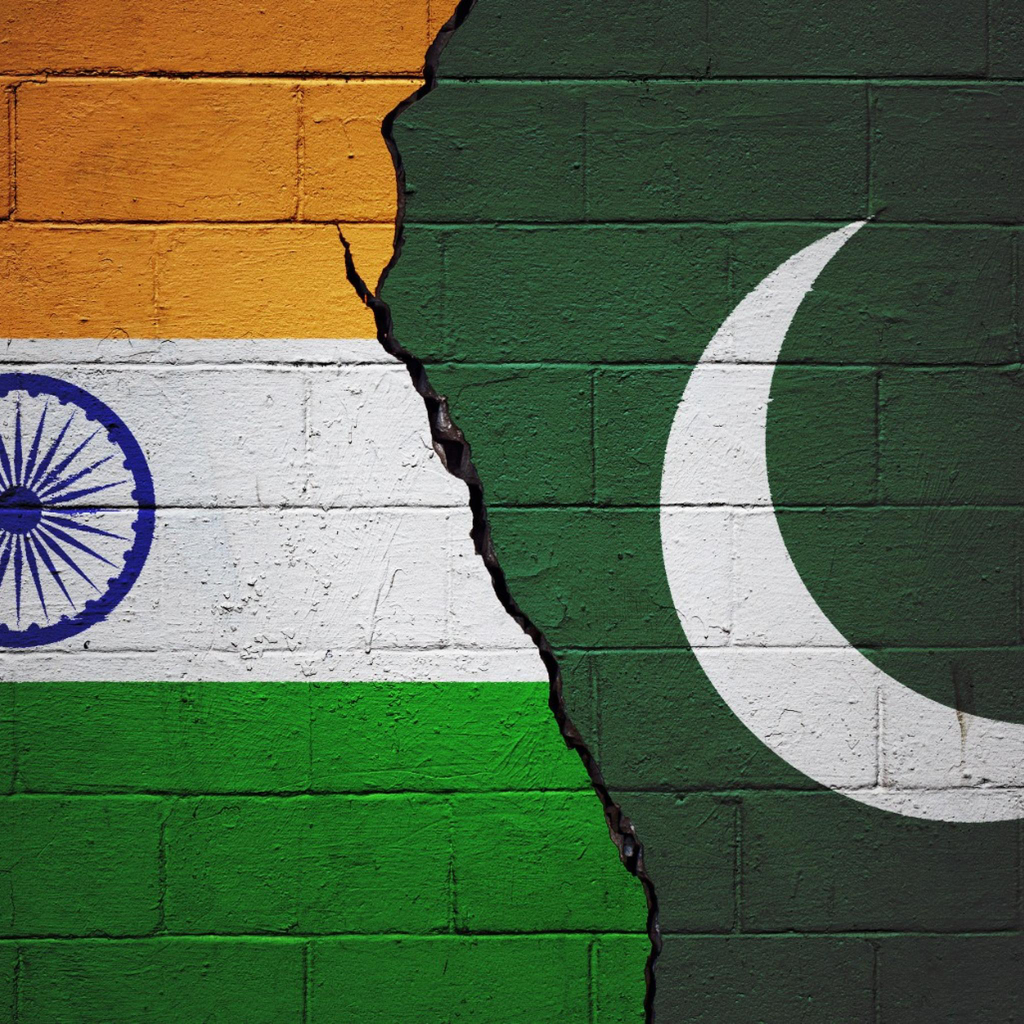Impacts of the India-Pakistan Escalation on Global Services Delivery
Current Assessment
As of May 10, 2025 7:30 AM EDT, India and Pakistan have agreed to a ceasefire. The agreement was confirmed by both nations’ foreign ministries.
This development marks a significant de-escalation after recent escalation of hostilities, including missile and drone strikes. While the ceasefire reduces immediate conflict risk, underlying tensions persist. Therefore, Everest is lowering the India-Pakistan conflict risk rating from 4 to 3.
We will continue to monitor the situation for compliance with the ceasefire and any further developments.
As of May 8, 2025 Everest Group has updated India’s risk rating to Level 4: Elevated on a 5-point scale (where 5 represents the highest risk) – reflecting a significant escalation in geopolitical and operational risk, particularly due to direct military exchanges with Pakistan. While core service delivery has not been materially disputed yet, the situation is fluid, and global firms are actively elevating their business continuity responses, tightening operational controls, and preparing for further escalation.



